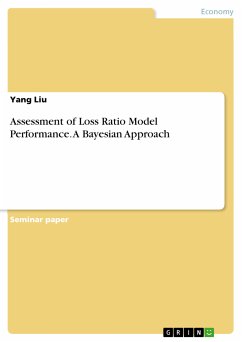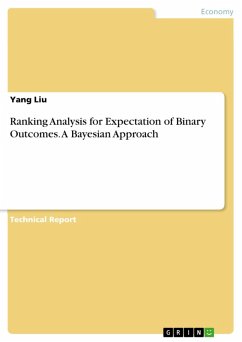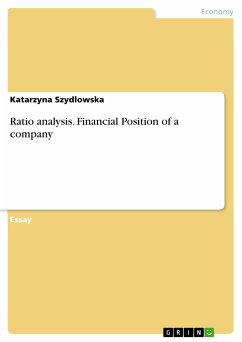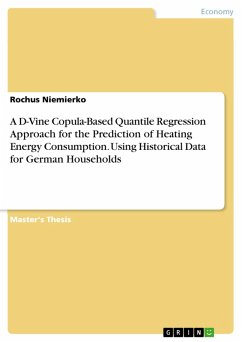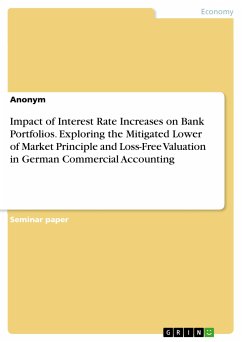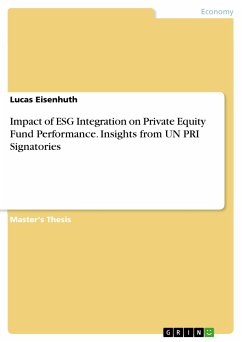Seminar paper from the year 2017 in the subject Economics - Statistics and Methods, , language: English, abstract: "The model is wrong!" so it is determined. All of the estimated output using the model becomes un-reliable immediately. And so is every other result calculated using the un-reliable output. So what is the impact of the model being "wrong" in the later calculations? To address this question. This paper present a Bayesian approach that provides a quantitative assessment for the impact on downstream results calculated using the un-reliable estimates. Section 1 detail the practical challenge in the financial industry and discuss why this is important. Section 2 start the discussion with description of the overall framework for this Bayesian approach, introducing and defining each individual component. Then sections 3 and 4 carry on to discuss the prior and likelihood distributions, respectively. Section 5 then obtain the target posterior distribution by applying the Bayesian posterior update using obtained prior and likelihood results. Then conditioning on value of the un-reliable estimate already in place in the portfolio, the density distribution obtained can be used to update the output of the "wrong" model and assess the impact in further calculation. This approach bridges the practitioners' initial expectations with the model performance and provides an intuitive quantitative assessment for the impact in the follow-up calculations which are largely affected by the un-reliable estimate. The presented approach is the first in literature to raise the concern of uncertain impact caused by "wrong" models and propose solution to assess the impact. Note that the abuse of the word wrong in quotation marks is an exaggeration of the uncertainty involved, in practice, impact analysis could be requested at any level of uncertainty.
Dieser Download kann aus rechtlichen Gründen nur mit Rechnungsadresse in A, B, BG, CY, CZ, D, DK, EW, E, FIN, F, GR, HR, H, IRL, I, LT, L, LR, M, NL, PL, P, R, S, SLO, SK ausgeliefert werden.

